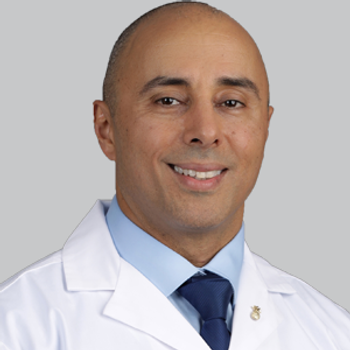
|Slideshows|May 29, 2019
Migraine Matters
Author(s)Leo Robert
To kick off Migraine and Headache Awareness Month, the latest findings reported here may influence your approaches to diagnosis, treatment, and prevention and help you keep your patients informed.
Advertisement
Newsletter
Keep your finger on the pulse of neurology—subscribe to NeurologyLive for expert interviews, new data, and breakthrough treatment updates.
Advertisement
Latest CME
Advertisement
Advertisement
Trending on NeurologyLive - Clinical Neurology News and Neurology Expert Insights
1
CTAD Presentation Lays Insights Into Disappointing Phase 3 EVOKE Trial of GLP-1 Semaglutide in Alzheimer Disease
2
Additional Insights From the U.S. POINTER Study at CTAD 2025: Heather M. Snyder, PhD
3
New Clarity AD Analysis Reveal How Lecanemab Engages and Clears Neurotoxic Protofibrils in Alzheimer Disease
4
Merck’s Novel Antibody MK-2214 Receives FDA Fast-Track Designation Following Phase 1 Results
5


































